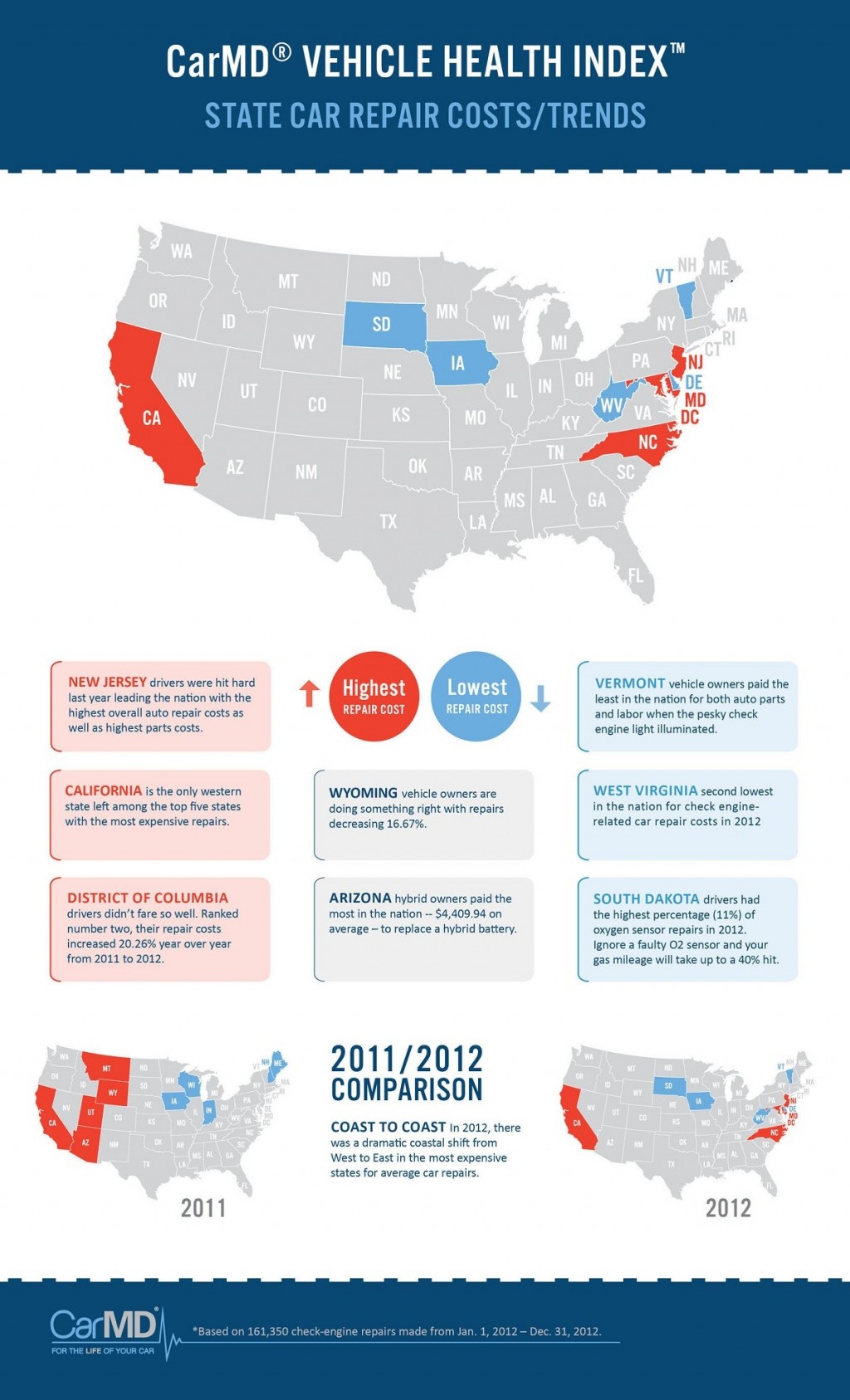Interpreting Your Automobile'S Alert Lights: Their True Implications
Interpreting Your Automobile'S Alert Lights: Their True Implications
Blog Article
Write-Up Written By-Lim Shepherd
When you lag the wheel, those radiant caution lights on your control panel can be a bit bewildering. Do https://beckettmgavo.blogdal.com/30670302/battling-to-select-an-auto-repair-shop-discover-expert-guidance-on-identifying-trustworthy-solutions-in-your-area-that-will-certainly-assist-you-really-feel-at-ease know what they're attempting to tell you about your cars and truck's health and wellness? Recognizing the relevance of these lights is important for your security and the long life of your car. So, the next time one of those lights turns up, wouldn't you want to understand its message accurately and take the required actions to resolve it?
Common Caution Lights and Interpretations
Determine usual warning lights in your automobile and understand their significances to ensure secure driving.
One of the most common caution lights consist of the check engine light, which indicates problems with the engine or discharges system. If https://brakerotorreplacementcost17394.blog-gold.com/37295005/are-you-interested-in-uncovering-the-ways-in-which-automation-and-robotics-are-changing-the-auto-outlining-market comes on, it's vital to have your automobile examined promptly.
The oil pressure advising light indicates reduced oil pressure, calling for prompt focus to prevent engine damage.
A flashing battery light could recommend a defective charging system, possibly leaving you stranded otherwise attended to.
The tire stress surveillance system (TPMS) light notifies you to reduced tire stress, influencing automobile stability and fuel efficiency. Neglecting this can result in harmful driving problems.
The abdominal muscle light indicates a trouble with the anti-lock braking system, compromising your capability to stop swiftly in emergency situations.
Lastly, the coolant temperature level warning light warns of engine overheating, which can lead to serious damage otherwise fixed quickly.
Comprehending these common warning lights will certainly aid you deal with concerns immediately and preserve secure driving problems.
Relevance of Prompt Focus
Recognizing the typical caution lights in your vehicle is just the first step; the importance of quickly addressing these warnings can't be highlighted sufficient to guarantee your safety on the road.
When a caution light illuminates on your dashboard, it's your automobile's way of connecting a potential concern that needs focus. Neglecting these warnings can cause more serious issues later on, compromising your safety and security and potentially costing you much more in repairs.
Trigger focus to warning lights can stop failures and crashes. For instance, a blinking check engine light might suggest a misfire that, if left unattended, might create damage to the catalytic converter. Addressing this promptly can save you from an expensive repair work.
Similarly, a brake system advising light could indicate low brake fluid or worn brake pads, critical elements for your safety when driving.
DIY Troubleshooting Tips
If you discover a warning light on your dashboard, there are a couple of DIY troubleshooting suggestions you can attempt prior to looking for professional help.
The initial step is to consult your vehicle's guidebook to comprehend what the specific warning light indicates. Occasionally the concern can be as easy as a loosened gas cap causing the check engine light. Tightening up https://engineremapping51739.blogunok.com/30507565/are-you-interested-in-discovering-outstanding-vehicle-repair-shops-in-your-location might resolve the issue.
Another usual concern is a low battery, which can activate different warning lights. Examining the battery links for corrosion and ensuring they're secure could repair the trouble.
If a caution light persists, you can try resetting it by separating the auto's battery for a couple of minutes and then reconnecting it. Furthermore, checking your car's liquid levels, such as oil, coolant, and brake fluid, can assist repair warning lights connected to these systems.
Final thought
In conclusion, comprehending your auto's caution lights is important for maintaining your automobile running efficiently and safely. By quickly attending to these informs and understanding what they suggest, you can prevent pricey fixings and potential breakdowns.
Bear in mind to consult your vehicle's guidebook for certain information on each warning light and do something about it accordingly to guarantee a trouble-free driving experience.
Remain informed, stay https://money.com/how-to-buy-a-car-in-2022/ on the road!
